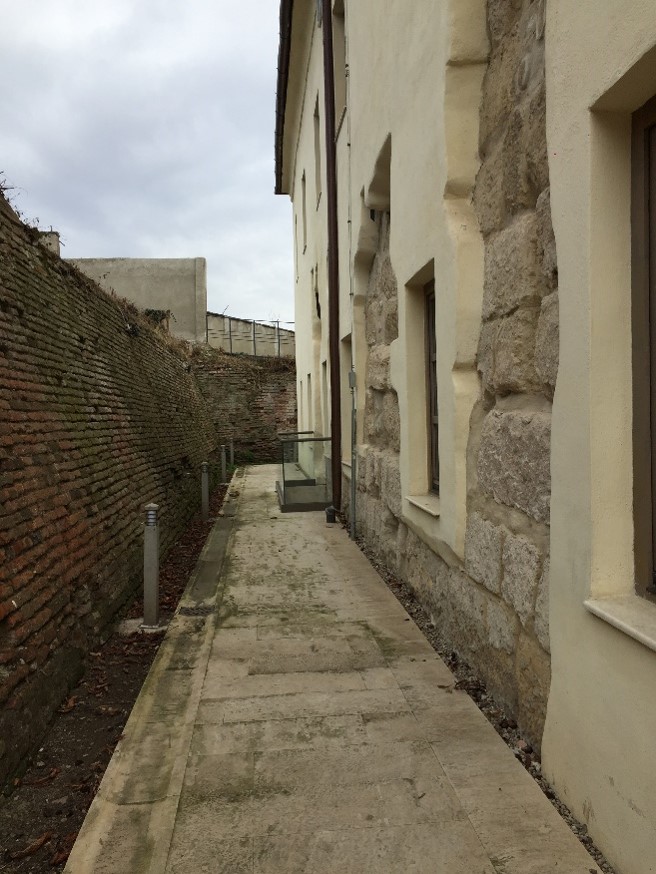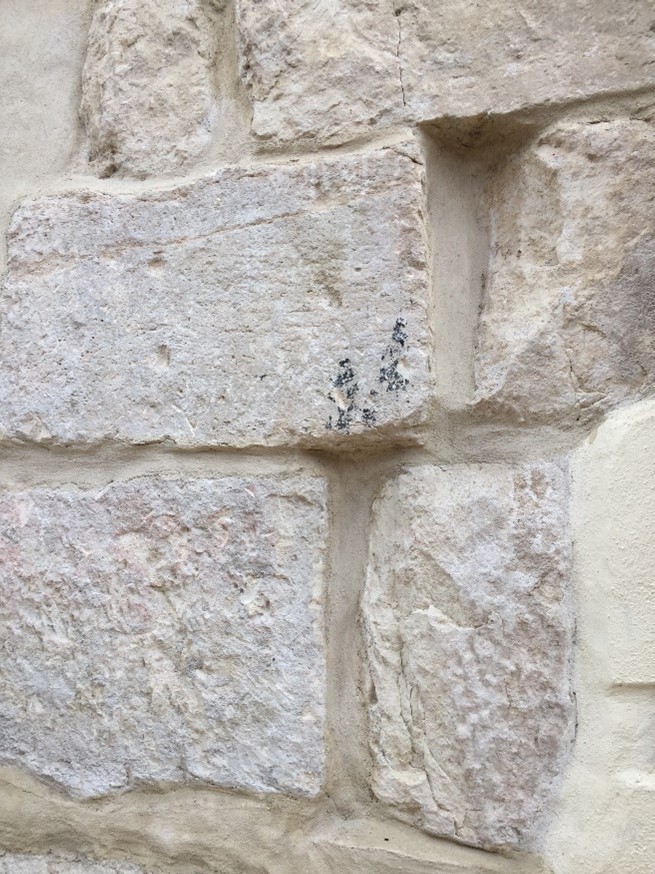In Retrospect – Encounters with Roman Soldiers and Their Forts (Aprille Tijam, Philippines, ITP 2019)
Written by Aprille Tijam, Senior Manager, Exhibitions and Collections, Ayala Museum (Philippines, ITP Fellow 2019)
In 2019, I had the privilege of taking part in the ITP Summer Programme UK Partner placement at Newcastle Tyne and Wear Archives and Museums (TWAM) with fellows Jasmine Yue Qiao (China), Jacob Nii Marley (Ghana), and Ciprian Dobra (Romania). My fourth day was an introduction to Hadrian’s Wall which I wrote about in an ITP blog.
This initiated my interest to revisit bits of the Roman Empire and its history. In high school, Roman conquests in Europe were discussed in History class. However, these carried no significance for me, just names and dates to memorize.
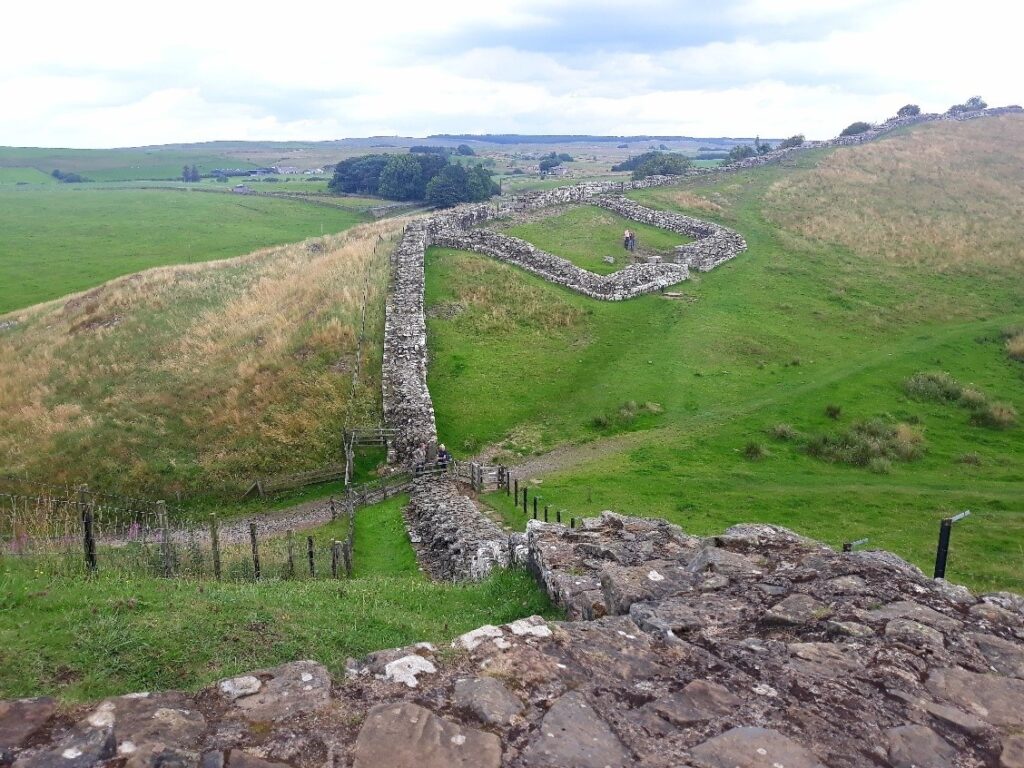
The visit to Hadrian’s Wall in Northern England was an eye-opener. I never knew this wall existed and that it was considered the most important monument built by the Roman Empire in England. Built upon the instructions of Roman Emperor Hadrian (Aelius Hadrianus) beginning AD 122, it was to separate the Romans from the barbarians and serve as the frontier of the Roman Empire in the United Kingdom. Coming from Asia and not being very familiar with Roman History, I am only be able to identify the Great Wall of China as the most significant wall in world history since it is still standing in its magnificent grandeur to this day and a testament to centuries-old civilization.

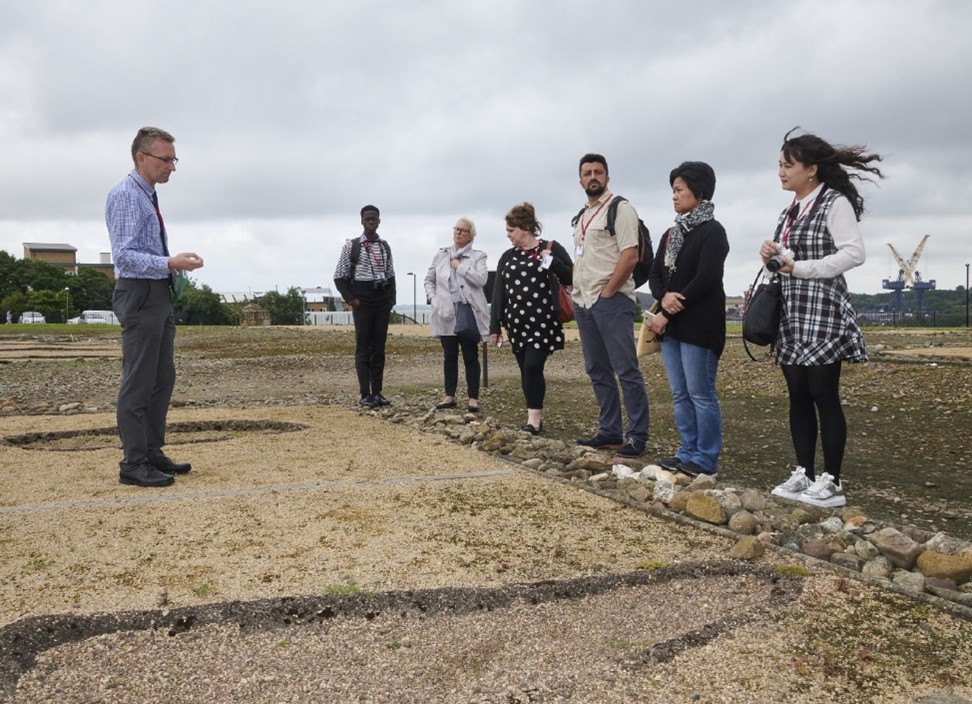
The comprehensive introduction on Hadrian’s Wall presented at the Great North Museum, Hancock is the best way to start understanding Hadrian’s Wall. From the scale model of the 73-mile-long wall, one can see the locations of the Segedunum Fort, Birdoswald Roman Fort, Cawfield’s Milecastle, and Arbeia Roman Fort. I am grateful we were able to visit these forts during our placement.
The Birdoswald Roman Fort in Northumberland made the greatest impression on me, having heard elaborate stories from archaeology experts Tony Wilmott and Bill Griffiths (TWAM Head of Programmes). Ioan Oprea, another fellow from Romania who joined us for the day’s site visit, expressed admiration for these archaeologists.
I was in awe of the stories unfolding about the wall, its stretch, the value of the vallum. It made me look back in time while gazing at the beautiful landscape where the walls may have stood centuries ago, how soldiers romped the stonewall 10 feet wide and approximately 20 feet high, how the soldiers slept and ate in their quarters, or how they may have built the wall.
While all the forts which have been converted into museums presented exhibitions discussing the Hadrian Wall and its significance, it was the Arbeia Fort that offered a life-size recreation of how the quarters and facilities may have looked like.
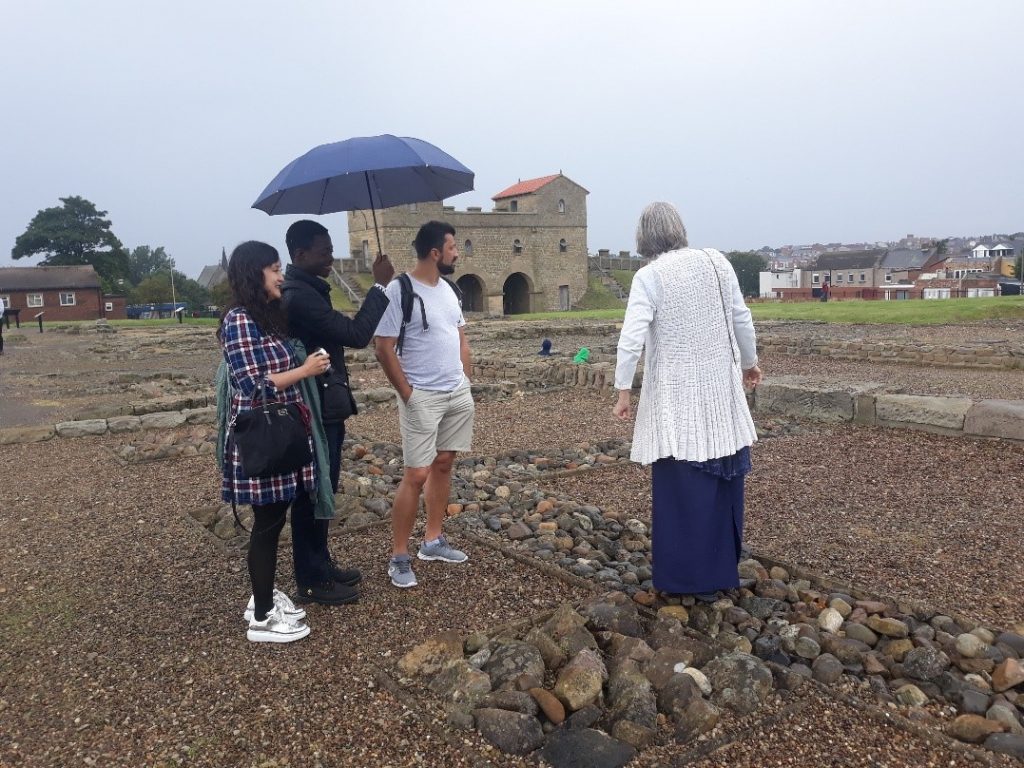

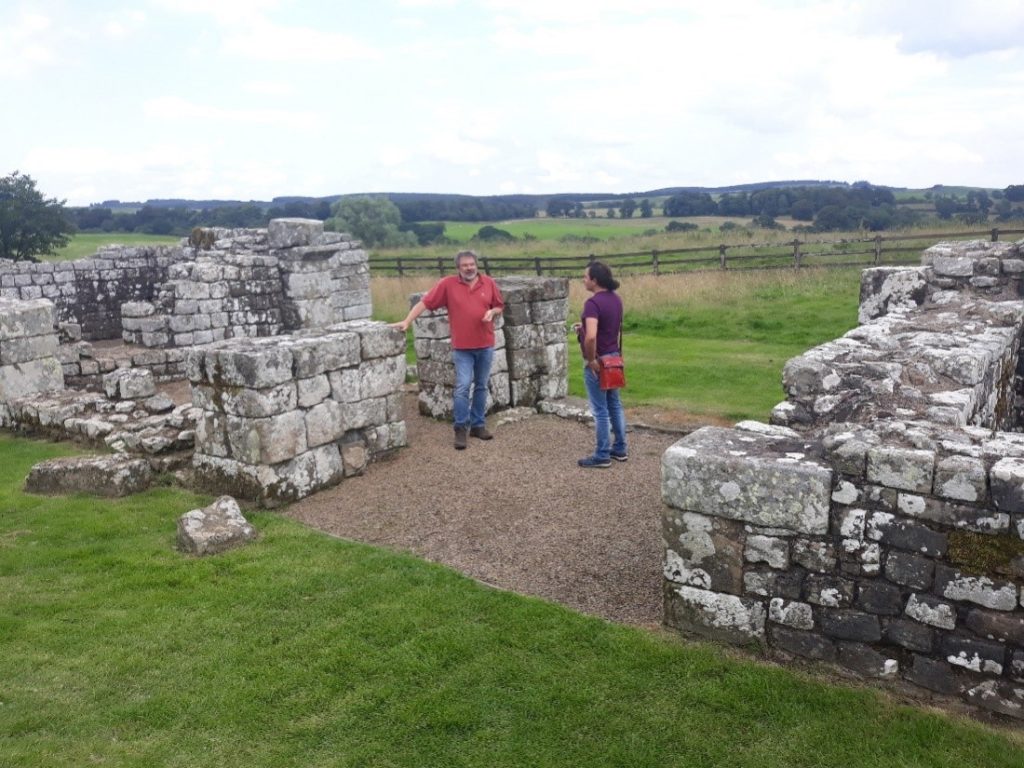
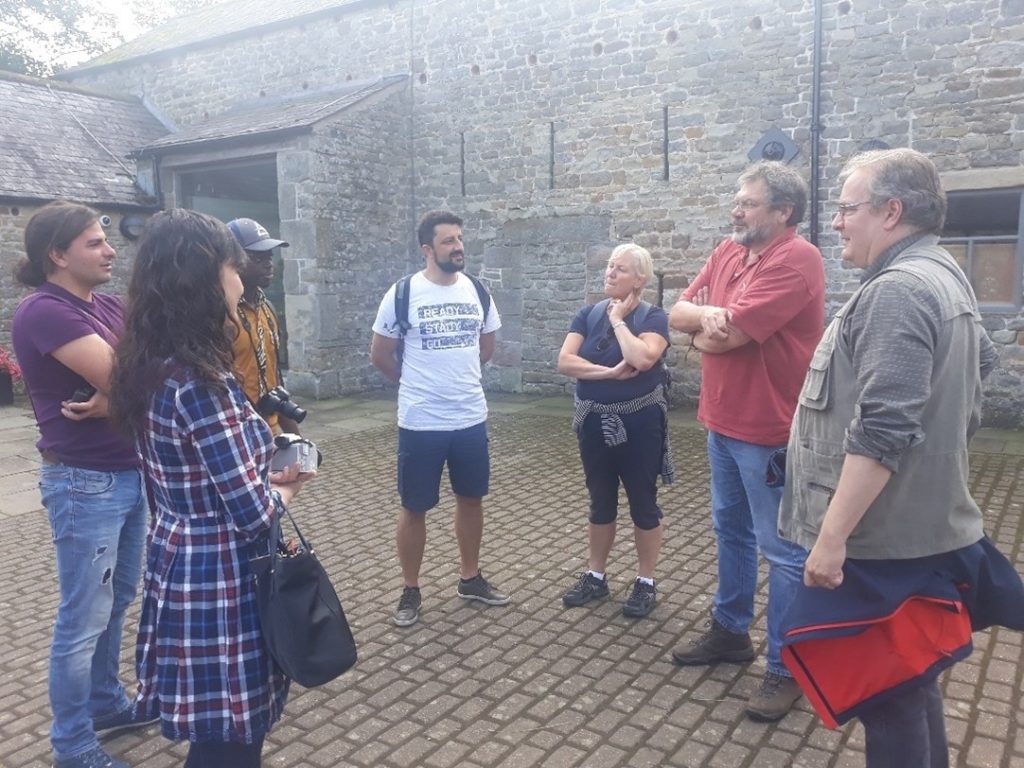
During the introductory presentations by fellows, Ciprian and Ioan expressed keen interest in Roman History, experimental archaeology, and were Roman reenactors. I did not have a clue of what was the importance of Hadrian’s Wall to them until I came to visit the Principia Museum (Ciprian’s museum) and Museikon (Ioan’s museum) in Alba Iulia, Romania. Alba Iulia is such a charming place, steeped with history!
At Principia Museum, I saw for myself remnants of the walls and structures of Roman soldiers’ quarters, their treasury, the limestones used to build the structures. It speaks of the engineering design required to provide shelter and offices for the Roman military unit in that citadel. This may be a good example of the military headquarters existing then at the forts of Hadrian’s Wall. In fact, Ciprian cited that the fort XIII Gemina in Ancient Apulum (now Alba Iulia), found in the Principia Museum, was also built under Emperor Hadrian, specifically for his visit in Apulum in AD 125. And the encapsulation in glass of these centuries-old quarters offered a beautiful, harmonious blend.
Ciprian further explained that the connection between Hadrian Wall’s and the archaeological site I visited in his museum is that ‘Both Britannia and Dacia were border provinces, both had troubled borders with mountain people: the Picts– north of Hadrain’s Wall – and free Dacians – north of the Dacian border, and the region of Hadrian’s Wall is similar in landscape with the Romanian border.’ He further cited that Birdoswald was a fort populated by a Dacian (modern Romania) auxiliary unit called Cohors Aelia Prima Dacorum millitaria (1000 soldiers) –- translated to The First Dacian Aelia (after Hadrian’s name) Cohort. And about 75 kilometers from Alba Iulia, in a place called Micia, a Britonic (modern England) auxiliary unit was settled. It was called Numerus Singularorum Britaniciorum – translated to The Britanian Special Unit.


Animated stories by Ciprian gave more breadth to the archaeological site’s history, ending the tour with the chance to wear the armour and sword that proved extremely heavy for my height and body size.
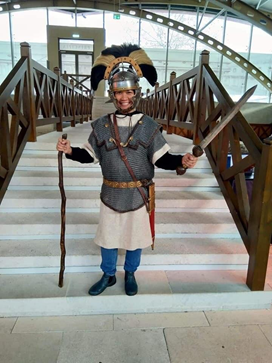
Only those tall enough at 6 Roman feet (178 cm), according to the exhibition at Segedenum Fort, were accepted to become cavalryman in the Roman army. I am only 5 feet 3 inches!
At Museikon, an encounter of the oldest stone found in the citadel was an amazing information for me. Ioan shared that the museum was housed in a very old building that was once part of the Vauban fortress (named also ‘Alba Carolina’) built by the Austrian Empire (1715-1738). The fortress was named after Antoine Vauban, French architect who came up with the star-shaped fortress. Most interesting was the Roman drainage I had seen inside through glass floors that guests could walk on, stretching from one side to the other. Other parts of the building (basement and ground floor) are dated from the 17th to 18th century.
Ciprian and Ioan cited that most of the foundations in the citadel where the Principia Museum and Museikon are located were made of limestone blocks taken from Roman fortresses. Ioan further elucidated that the Romans were the first to build a fortification in Alba Iulia. He mentioned, “In the Medieval Ages the Roman “castrvm” was reused and was named ”Bălgrad”. In the 18th century, the Austrian regime destroyed a big part of the previous fortification and built a huge one (typical of 17th and 18th centuries) in the shape of a star. A lot was lost, but luckily, during the construction they buried the medieval and ancient ruin and so, some of them survived intact until modern day.”
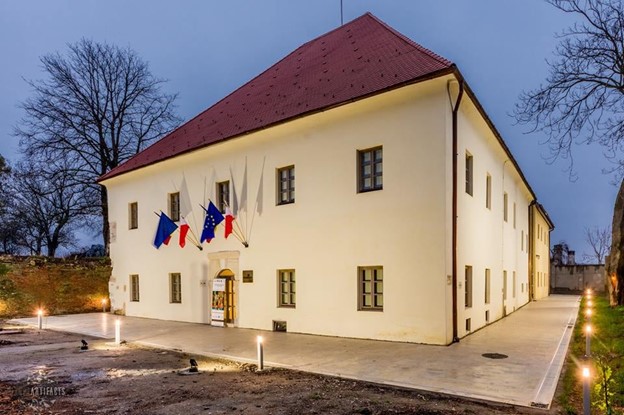
More exciting information related to Roman History that I was supposed to additionally pursue, as part of my family’s pilgrimage to Rome during Holy Week in 2020, was to see the Trajan Column in Rome. However, the COVID-19 pandemic happened. I was introduced to this through a life-size replica on exhibit at the National Museum in Bucharest. The manner of display in Bucharest allowed me the chance to see illustrations on marble around the replica, showing stories of Roman military under Emperor Trajan (Marcus Ulpius Traianus) in combat with the Dacians, headed by King Decebalus, for glory, land conquests, and gold. Sections of these reliefs (executed as high reliefs) wrapped around the column are also presented separately for scrutiny. Ciprian shared that a mould was made by the Louvre producing two replicas—one in Bucharest and the other one at the Victoria and Albert Museum. Unfortunately, I did not get to see the one at the Victoria and Albert Museum.

In general, while reading about history is already an interesting endeavour, nothing compares to on-site visits for better appreciation and experience. Hopefully, the COVID-19 pandemic will ease and allow me to travel again to visit other museums and significant historical sites.



